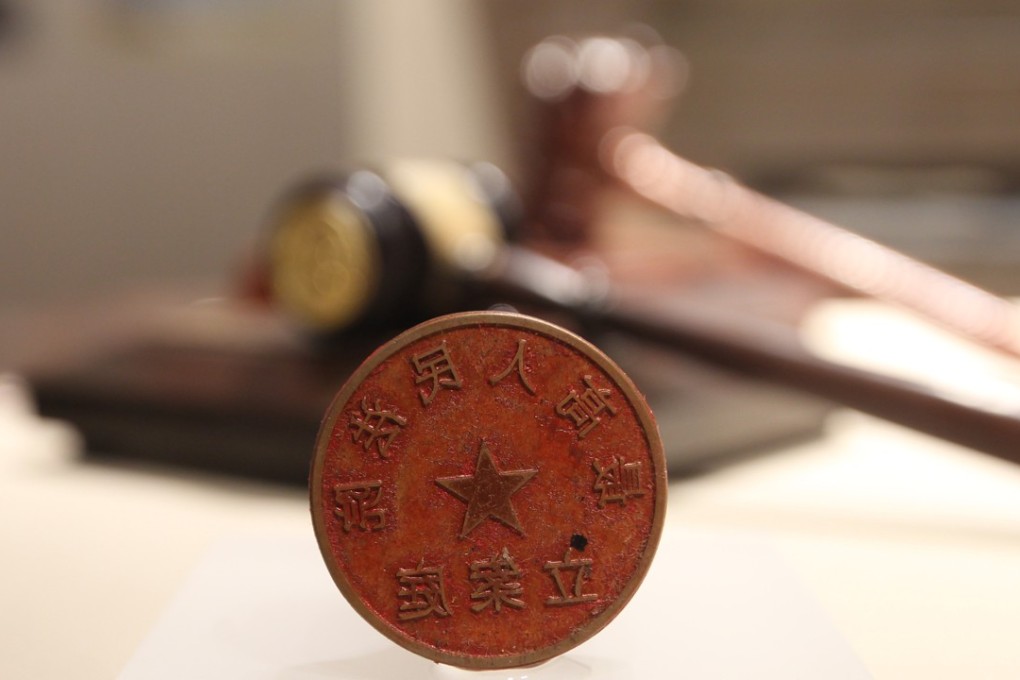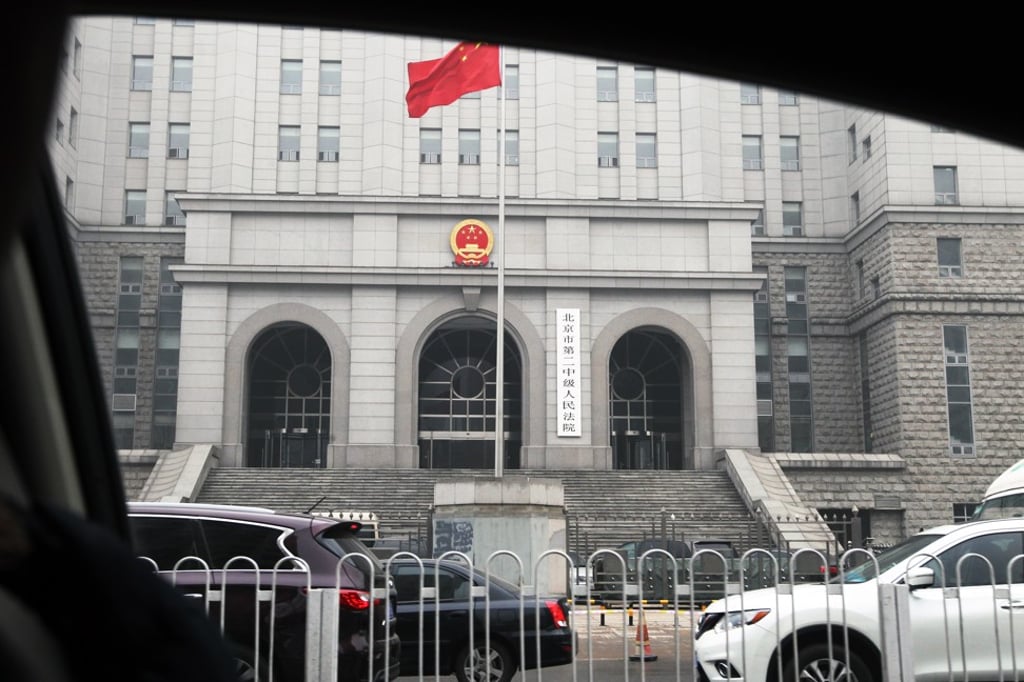China’s legal system came a long way in enforcing creditor claims against bad debt

A reliable legal system that supports fair and timely enforcement of creditor claims against borrowers and collateral forms the backbone of any market-based financial system.
This requirement is put to the ultimate test in the distressed industry, where large portfolios of non-performing loans are sold, and buyers won’t attribute value to them unless they are legally enforceable.
When China opened to foreign investments in the early 1980s, the legal system was largely a blank slate, as few commercial laws were on the books and most important business rules and decisions were determined by political organs.

This was the legal environment when the Chinese banking system experienced its first wave of non-performing loans (NPLs) during the early 2000s, just as the big state-owned banks were gearing up raised capital through global initial public offers (IPOs).
It was estimated then that there were at least US$500 billion in NPLs in the banking system, an extraordinary sum. Foreign and domestic investors bought a portion of these NPLs, sometimes for pennies on the dollar, “pricing in” the uncertainties in the legal system.